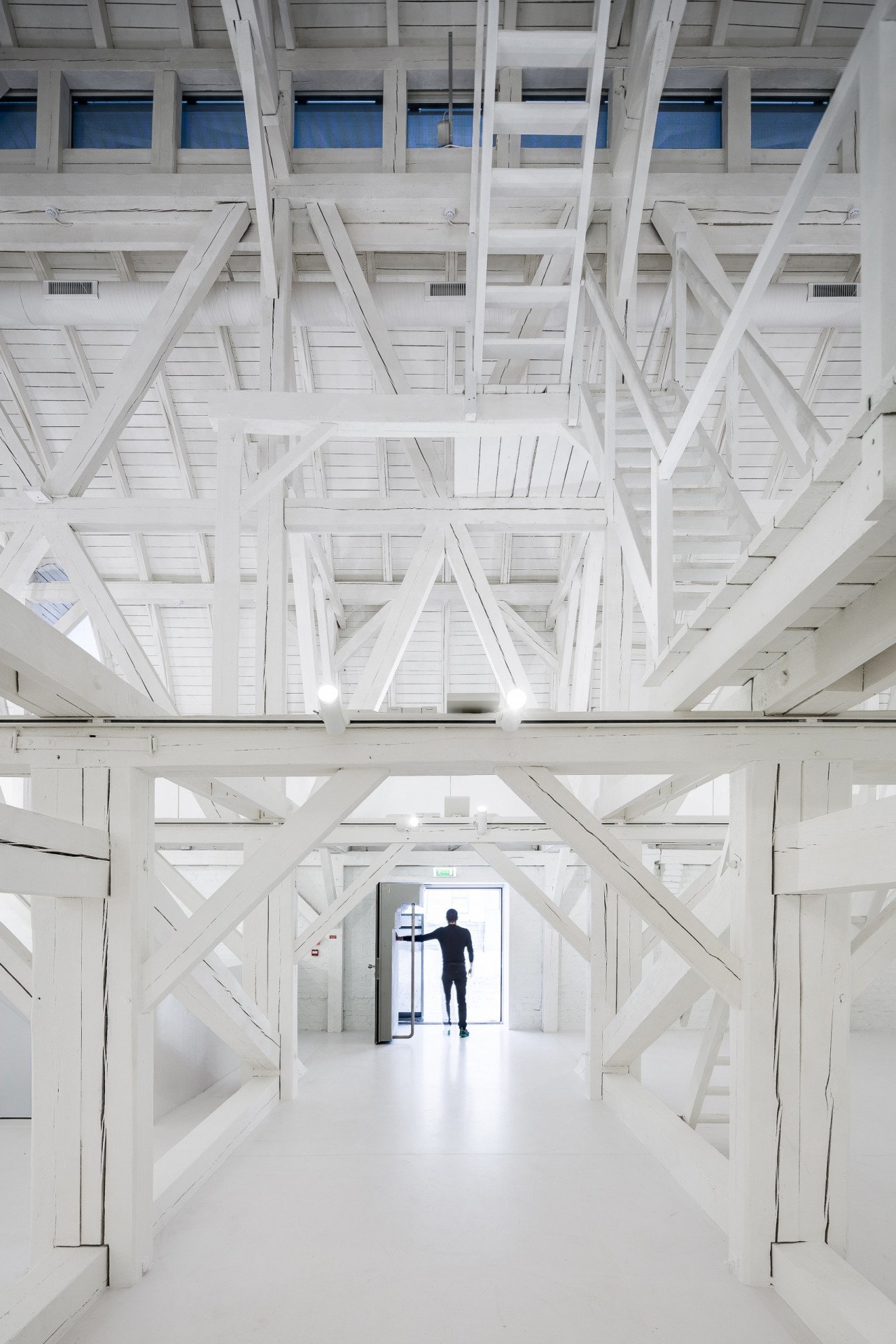Restoration and reconstruction
The building of the Latvian National Museum of Art is one of the most representative in the Park and Boulevard Circle area of Riga. It was designed by the museum’s first director, the Baltic German architect and art historian Wilhelm Neumann (1849–1919) and built in 1905. Latvian National Museum of Art is the first building that has been built specially for the museum’s needs in the Baltics. The structure, as well as the parameters of the exhibition rooms, corresponded to the required standard for an art museum in that period of time. The building is an architectural landmark of national significance.
In 2010, the Riga City Council, the owner of the building, adopted the decision on the reconstruction and expansion of the building with the aim to create a modern museum infrastructure. National architectural monument – the Latvian National Museum of Art – had served to the public without major repairs for 107 years. Museum’s building was in critical condition.

On 25 May 2010 the Riga City Council Property Department launched an international architectural contest of the building reconstruction and extension. Overall, 28 architectural were presented. Lithuanian architects office Processoffice Vytautas Biekša and Andrius Skiezgelas Architectureproject with the slogan UV 903 was selected as the best.
According to the unique architecture of Latvian National Museum of Art, its representative status and significance to the Latvian cultural heritage, the museum’s reconstruction strategy consisted of three elements: heritage, aesthetics and function. The project proposed to maintain the existing building capacity and authentic details; create explicit contemporary volumes with minimal design solutions in addition to the rooms and make the building’s functional strategy changes.
The reconstruction started on 12 February 2013 and lasted till December 2016. For the first time in the museum’s history such a great reconstruction has been accomplished.

After reconstruction the museum is totally renovated and has gained more space for visitors comfort and unique museum visit’s experience, as well for the needs of museums basic functions. Now the museum has 7 floors in total, connected by elevator for visitors.
In the 1st floor of the historic building are placed creative space for educational activities, museum’s cafe, shop and conference hall, in the 2nd and 3rd floors – the permanent display. For the first time in the history of museum, the visitors have an access to the museum’s attic and cupola (area 598 m²) with renovated wooden roof constructions. As a special surprise for the visitors are two newly designed roof terraces with wonderful panoramic view to the city.
A significant benefit of the reconstruction is the new underground block (3545 m²) in two floors under the ground on the Esplanade park side. This space consists of the new exhibition halls (777 m²), new collections storage, restoration and technical rooms. Visitors have the unique opportunity to take a look into the closed collection storages through the glass wall while going to the Great Exhibition Hall.
The square of the Esplanade park side at the museum’s building is a place where people can gather for different events and the museum can exhibit larger objects of art. The square is also used as the terrace of the museum’s cafe. At the center of the area is situated a 9 x 9 meter large amphitheater with a glass floor. Through it visitors are able to take a look in to the everyday life of the museum.
The reconstruction project is both symbolically and functionally opening the museum for public, making it more accessible and comfortable.